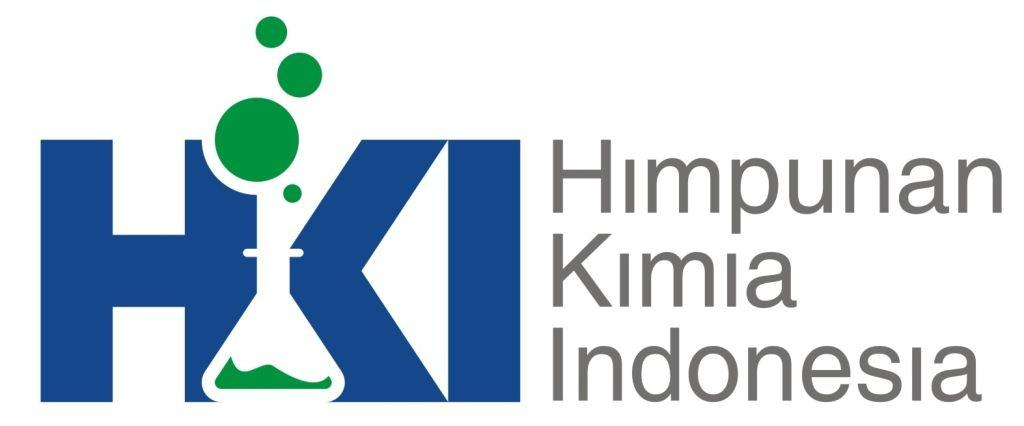Photocatalytic Degradation of Phenol Using TiO2-Fe Under H2O2 Presence by Visible and Sunlight Irradiation
Abstract
Keywords
References
Ariani, Budi Sukma. (2014). Decreased Levels of Fenol in the Case of Traditional Herb Industry using Anaerobic Activated Sludge Method. Jurnal Biopropal Industri, 02, 14-20.
Bethi, B., Sonawane, S. H., Bhanvase, B. A., & Gumfekar, S. (2016). Nanomaterials based Advanced Oxidation Processes for Waste Water Treatment : A review. Chemical Engineering & Processing: Process Intensification.
Borji, S. H., Nasseri, S., Mahvi, A. H., Nabizadeh, R., & Javadi, A. H. (2014). ENVIRONMENTAL HEALTH Investigation of photocatalytic degradation of phenol by Fe(III)-doped TiO2 and TiO2 nanoparticles, 1–10.
Heydaripour, J., Gazi, M., Oladipo, A. A., & Gulcan, H. O. (2018). PT. International Journal of Biological Macromolecules, 123, 1125-1131.
Kusumawardani, L J, & Syahputri, Y. (2019). Study of structural and optical properties of Fe(III)-doped TiO 2 prepared by sol-gel method. in IOP Conference Series: Earth and Environmental Science, 299. IOP Publishing.
Kusumawardani, Linda J, Syahputri, Y., & Iryani, A. (2020). Photocatalytic Degradation of Paraquat Dichloride using TiO2 -Fe Nano Powder under Visible and Sunlight Irradiation. Jurnal Kimia Valensi. 6(May), 55–61.
Luo, Z., Gao, M., Yang, S., & Yang, Q. (2015). Colloids and Surfaces A : Physicochemical and Engineering Aspects Adsorption of phenols on reduced-charge montmorillonites modified by bispyridinium dibromides : Mechanism , kinetics and thermodynamics studies. Colloids and Surfaces A: Physicochemical and Engineering Aspects, 482, 222–230.
Menteri, P., Hidup, L., Indonesia, R., Mutu, B., Limbah, A. I. R., Rahmat, D., … Republik, H. (2014). BERITA NEGARA : Indonesia (1815).
Mohamed, A., Nasser, W. S., Kamel, B. M., & Hashem, T. (2019). Photodegradation of phenol using composite nano fi bers under visible light irradiation. European Polymer Journal, 113, 192–196.
Sood, S., Umar, A., Kumar, S., & Kumar, S. (2015). Journal of Colloid and Interface Science Highly effective Fe-doped TiO 2 nanoparticles photocatalysts for visible- light driven photocatalytic degradation of toxic organic compounds. Journal of Colloid and Interface Science, 450, 213–223.
Sufian, S. (2020). Journal of Photochemistry & Photobiology A : Chemistry Corrigendum to “ Modelling and optimization of photocatalytic degradation of phenol via TiO 2 nanoparticles : An insight into response surface methodology and artificial neural network ” [J. Photochem . Photobiol . A : Journal of Photochemistry & Photobiology, A: Chemistry, 400(June), 112649.
Sundaramurthy, S. (2014). Photocatalytic Degradation of Phenolic Compounds using Halogen / H2O2 / TiO2 Process in Aqueous Solution Photocatlytic Degradation of Phenolic Compounds using Halogen / H2O2 /TiO2 Process in Aqueous Solution, International Journal of Current Engineering and Technology, 156-159.
Wicaksono, W. P., Sahroni, I., Kha, A., Rahman, R., & Fatimah, I. (2020). Biofabricated SnO2 nanoparticles using Red Spinach ( Amaranthus tricolor L .) extract and the study on photocatalytic and electrochemical sensing activity, In IOP Conference Series: Mater. Res. Express 7(2020) 075009. IOP Publishing.
Zul, M., Su, S., Ekmi, N., & Mansor, N. (2020). Photocatalytic degradation and adsorption of phenol by solvent- controlled TiO2 nanosheets assisted with H2O2 and FeCl3: Kinetic, isotherm and thermodynamic analysis, Journal of Molecular Liquids, 308.
DOI: 10.15408/jkv.v7i2.20766
Refbacks
- There are currently no refbacks.
Copyright (c) 2021 Linda J Kusumawardani

This work is licensed under a Creative Commons Attribution-ShareAlike 4.0 International License.

